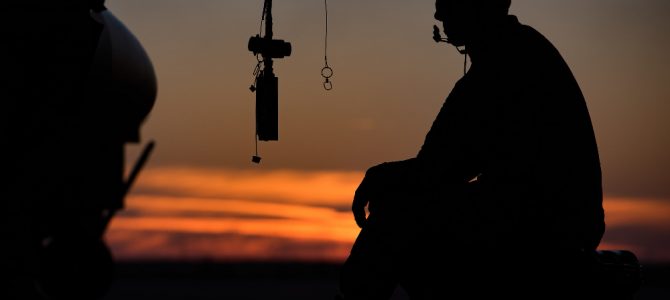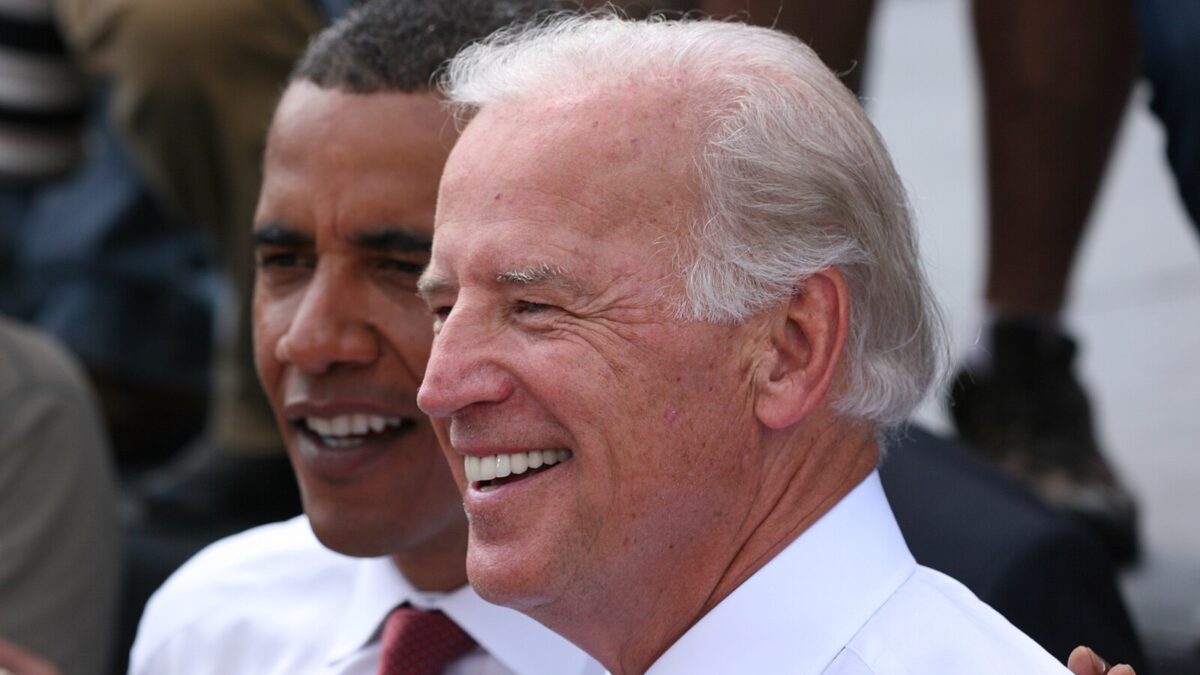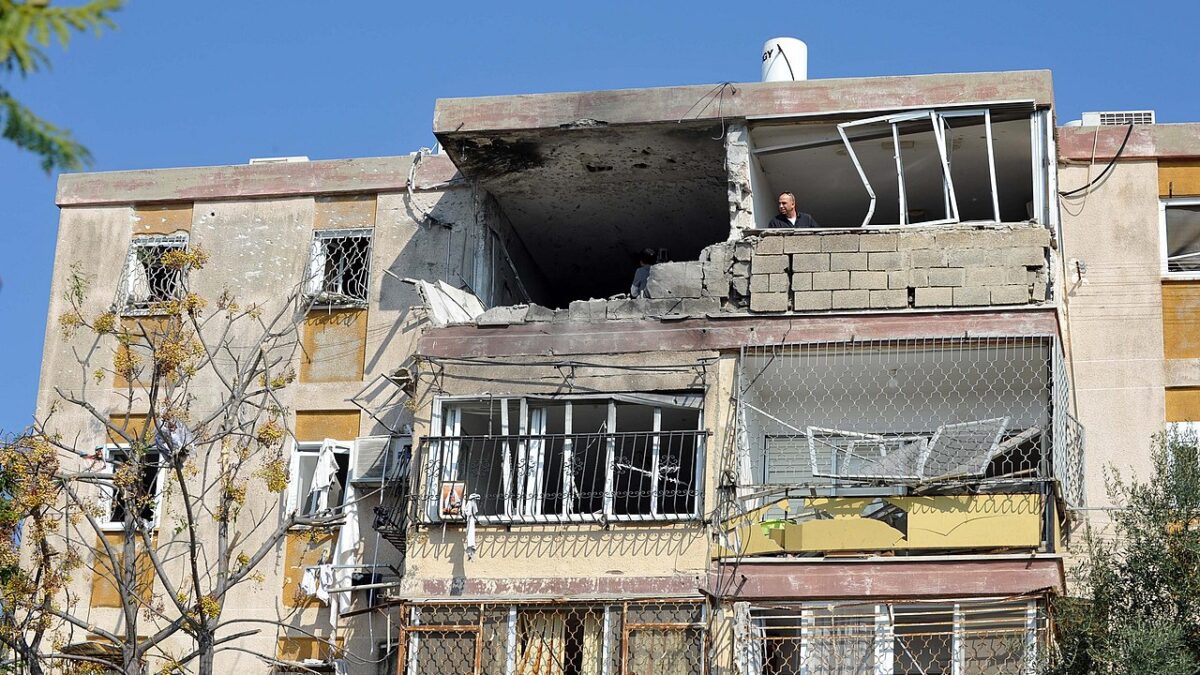
President Trump has made a bold and immensely consequential decision in pulling U.S. troops out of Syria. His detractors on both the right and left will be many. But as someone who has spent time on the ground in Iraq and Syria both with U.S. troops, local tribal militias, and rebel forces since 2005, I can tell you that it was the right one to make.
Throughout this summer, i drove into the part of northern Syria cleared of the Islamic State (daesh) that does not have a U.S. military presence. Syrian northern cities of Azaz and Jarablus were the sites of two separate stages of the Syrian war. First rebels battled the Assad regime, then against daesh. Transnational terrorists haven’t had a foothold in those areas — jointly managed by Turkish armed forces and their newly created Syrian National Army — for years. It is a template that could help fill the vacuum left behind as the U.S. military leaves.
Life was bustling in these cities when I visited, though scars of the sieges they faced by the Assad regime and daesh were visible everywhere. The rolling landscape along the northern Syrian countryside could easily be mistaken for the gentle farmlands of the American midwest. The kebab shops were open, motorcycle repair shops (the most popular way of getting about in these parts of the world) were bustling, and the two-lane road was packed with the traffic of trucks carrying goods into a swath of territory that is now governed by an interim government — an entity recognized by officials Ankara, but certainly not by that of the Assad regime in Damascus (nor Russia for that matter).
Nonetheless, reminders that the war was still raging in other parts of the country were everywhere. Newly built camps for internally displaced persons who were forced from their homes in other parts of Syria dotted the landscape as far as the eye could see.
This new reality in Syria — one where transnational terrorists do not have the luxury of a safehaven to plot attacks against the U.S. homeland and its allies — is very much possible without the need of permanent U.S. military presence. The withdrawal of U.S. forces need not lead to the doom and gloom scenario of a daesh resurgence that many Washington pundits are predicting.
Other countries like Turkey who are more invested and have longer term interests are footing the bill of stabilization and they are able to do it much more efficiently and effectively for a variety of reasons — to include cultural and historical connections to local communities and the land.
A few kilometers away from the parts of northern Syria I traveled through, stood an invisible dividing line that artificially separates the part of northern Syria controlled by Turkey and that by U.S. forces. To get a better understanding of the frustratingly forever-nature of the same battle being fought over and over again, consider that a decade prior to the ongoing U.S. military campaign against daesh in eastern Syria, U.S. special forces operators and Sunni Arab tribal fighters were busily targeting and rounding up the al-Qaeda in Iraq network in the remote jazeera desert in north western Iraq along the border with Syria — not far from where American service members are fighting today.
Despite most intelligence and military analysts’ conclusion at the time that al-Qaida in Iraq’s leadership and middle management was essentially decapitated, a sufficient small number managed to survive. Some did so by hiding out in Syria under the nominal watch of the Assad regime, others eventually managed to break out of Iraqi prisons due to gross incompetence and corruption by local authorities. And from there, the seedling of what grew to be the “Islamic state” was able to regenerate a few short years later.
So how can this current war-without-end be ever properly concluded? For starters, fresh thinking and a new approach in Syria is long overdue. The Pentagon-sponsored media tours of the Syrian cities that have been liberated from daesh and the local USAID funded projects that are meant to project a sense of progress, are in actuality more of a hollow chimera. Let’s face it, there would likely never have been a condition sufficient enough for Pentagon brass where they would have recommended withdrawal of U.S. troops.
The “metrics” for success are dutifully repeated by the public affairs officers — but the basic elements of the forever war remain in place: namely, the total dependence on the presence of U.S. forces.
In Syria, the U.S. military leaned almost entirely upon the Kurdish-dominated YPG forces, which at the behest of U.S. generals rebranded under a more neutral sounding moniker “the Syrian Democratic Forces.” Unfortunately, the U.S. military in Syria may be echoing past mistakes made by the French colonial forces. France once occupied Syria and heavily armed and favored the Alawite ethnic minority group as a means of maintaining control and security. That approach may have made tactical sense at the time, but it ultimately built divisions and set the stage for deadly internecine conflict.
Remember, a decade ago in Iraq, the U.S. helped empower the sectarian regime of Nuri al-Maliki, all the while dutifully briefing a steady line of reporters and think tank scholars that a new Iraqi military was being built that would eventually stand on its own. I would know, I helped craft some of the powerpoint slides as a junior defense analyst who deployed for a year in Iraq. The briefings looked great on paper and for the truncated weekly fly-in visit by pundits and scholars, but reality quickly caught up with the notional narrative of success.
An indirect approach to training and fielding asymmetric forces can and should be implemented in Syria that doesn’t require a perpetual U.S. footprint on the ground. Is it going to be perfect? Not by a long shot. But the massive failure of billions of U.S. government dollars spent to achieve the perfect model in Iraq should offer a sobering lesson in that regard. Again, take into account that fourteen Iraqi divisions trained and equipped by the U.S. military in a top-down model based on U.S. military doctrine all vanished overnight, when daesh launched its assault from its Syrian safe haven into Iraq in 2014.
In that context, the withdrawal of U.S. forces should not be seen as folly. The U.S. can help sustain gains made against daesh by supporting its NATO ally Turkey and local Sunni Arab forces to prevent daesh from re-emerging. After all, it was Turkey that has faced a number of daesh or daesh inspired attacks on its territory. It has more skin in the game.
Indeed, stenciled along the walls of the towns and villages I visited, we would see the slogan in Arabic and Turkish “brotherhood has no borders” — a reminder that a long-term stabilization solution much closer to home was available.
Additionally, a professional Syrian national army is currently being trained by Turkey. One that draws from the local community. I spent a good part of the summer driving into Syria to speak with them. Some, like the leader of the Mutassim brigade, were formerly part of a now defunct Pentagon program to arm and train local rebels to fight extremists. The Obama-era effort failed because it wasn’t launched in conjunction with local realities on the ground and did not incorporate the input and cooperation of the one country which shares a common social and historical bond with much of northern and eastern Syria — Turkey.
The U.S. can take an “overwatch” position without an open ended military commitment in Syria by empowering the Turks as they train and support Sunni Arab forces that will serve as a long term bulwark against the re-emergence of daesh. Doing so would also inoculate against al-Qaida’s transnational network, which once was heavily concentrated in northern Syria. All of the Sunni fighters I interviewed were firmly against al-Qaida’s agenda.
The YPG militias that are partnered with the U.S. cannot offer a long term solution to preventing the Assad regime — which has proven over and over again a willingness to release international terrorists when it suits its strategic objectives — from re-establishing itself in key terrain. Likewise, maintaining an indefinite presence of American soldiers in Syria in places as far flung as Manbij, Shadaddi, and Deirzzor makes as little sense as it did to deploy troops for a decade to Iraqi outposts in places like Baquba, Yusufia, and Ramadi.
This may not be a popular idea amongst the conventional thinking chain of command in the Pentagon or U.S. Central Command’s headquarters in Tampa, but one thing is for sure: In Syria it is time that U.S. policymakers and national security practitioners stop falling into the trap of believing their own talking points, and finally accept the sunk cost of past failed strategies.
The Washington establishment had an opportunity in Syria to break the vicious cycle of the “forever war” by taking a figurative step back and collectively asking, “What are we doing?” Trump took the unprecedented step of being a leader who was able and willing to ask that hard question and then — unlike the foreign policy chattering classes — firmly take action.









